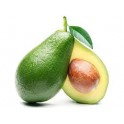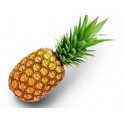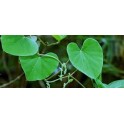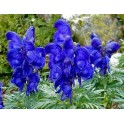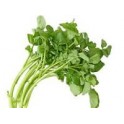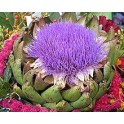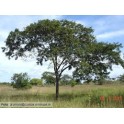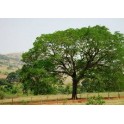Categories
- Strophantin - Quabain
- Chemo and Radio
- Tea and herbs
- Neurodermitis, Psoriase, Schuppenflechte
- VITADERM Antiallergic
- Strophantus gratus available!
- Medicinal herbs
- Phytotherapy
- Slim healthy
- Quanten therapy
- Diabetes
- Cancer and Tumors
- Disease - Herb
- Sex and Life
- JIM HUMBLE KRAEUTER
- Vitamins and Minerals
- Diabetes
- Bloodpressure + Circulation
- Head andThroat
- Mother tinctures
- GLOBULI
- Fluid extract (extrato fluido) of Herbs
- Strophanthin / Quabain infos
- Traditional Chinese medicine TCM
- SEPA Konto
- Homoeopathy Almeida Prado
- Cosmetics Naturally
-

-
-50%
VITAMINE B3 Antidepressive Superdosis 500mg 60 caps
BRL 1,107.43 BRL 553.71

Fluid extract (extrato fluido) of Herbs
There are 43 products.

Fluid extracts are liquid and concentrated extractive preparations that are equivalent in their active ingredient con...


